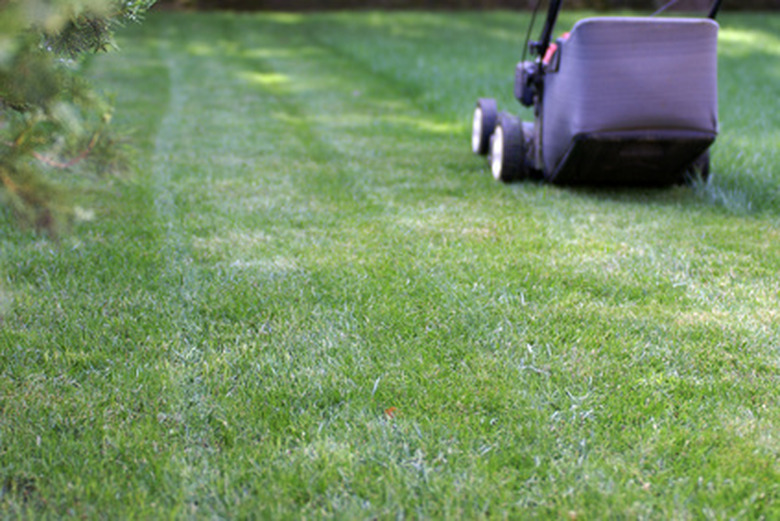How To Diagnose Lawnmower Engine Noises
Things Needed
-
Bearings
-
Oil or other lubrication
-
Mower blades
A lawnmower has many moving parts, and when something is wrong, it can begin to make funny noises. The noises being produced can be a clue as to what is the problem. Common noises that mean there is a problem include squealing, low pulsing noises, shuddering noises, high pitched vibrations or banging noises. To prevent further damage, fix the lawnmower as soon as you notice an odd or out-of-place noise.
Step 1
Check the bearings or lubrication if you notice a squealing or screeching noise. Worn bearings will cause the metal parts to rub together, as will low oil or lubrication. Replace the bearings and add oil or other lubrication.
Step 2
Look for loose parts if you are hearing rattling or banging noises. Chances are parts have worked themselves loose over time or they were not tightened properly in the first place. With the vibration produced, the engine can even bounce around on the engine mount. Check and tighten all attachments, the blade, flywheel and any chassis parts.
Step 3
Check for debris under the deck, as this can result in a bass-like shuddering noise. Look for logs, twigs or matted grass that are caught in the exit chute or along the baffles.
Step 4
Turn the mower over and make sure the blade has not become bent. A bent blade causes a loud vibrating sound. Replace the blade if it is bent. If your mower has two blades, replace both blades to ensure the mower is properly balanced.
